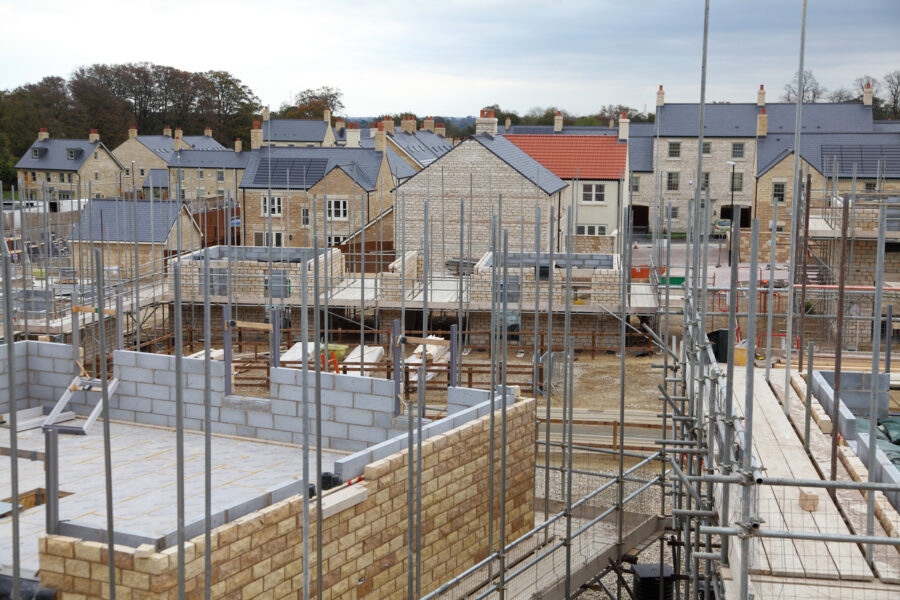
The impact of the new Labour government’s proposals on the UK housebuilding sector
11 October 2024

The new Labour government’s housing proposals are set to have a significant impact on the UK housebuilding sector, with ambitious plans to address the chronic housing shortage.
Central to these plans is the commitment to building 1.5m new homes over the next five years. This goal aims to tackle both the demand for affordable housing and broader issues of housing availability across the country.
The ‘grey belt’
One of the key strategies Labour plans to use is prioritising development on brownfield sites. These are previously developed areas, such as car parks or derelict land, that can be repurposed for housing.
This approach seeks to protect greenbelt areas while still providing much-needed housing. However, Labour is also considering the introduction of a ‘grey belt’ classification, which would allow for development on lower-quality greenbelt land.
This controversial proposal aims to open up more land for housebuilding without compromising the environmental integrity of truly valuable green spaces.
Planning reform
Labour’s reform of the planning system is another critical element of its housing strategy. The government is reinstating mandatory housing targets for local councils, which had been downgraded under the previous administration.
These targets are intended to compel local authorities to meet the demand for housing, particularly in areas where house prices are high, or there is significant local need. The government also plans to hire 300 additional planning officers to help local authorities manage these increased targets and streamline the process for new developments.
Focus on affordable housing
In addition to increasing the supply of housing, Labour is focused on ensuring that a substantial proportion of new homes will be affordable. Under the proposals, 50% of homes built on certain grey belt sites will need to be affordable, with a strong emphasis on social housing. This is part of Labour’s broader commitment to ensure that housing is accessible to a wider range of people, particularly first-time buyers.
The proposals also aim to improve the speed and efficiency of developments by reforming compulsory purchase rules, allowing for quicker acquisition of land for housing. This is expected to be particularly useful in unlocking stalled development sites that have remained underutilised.
Overall, while Labour’s ambitious housebuilding goals have been well-received by major developers, there are concerns about the practical challenges of achieving these targets. Issues such as supply chain constraints, rising construction costs and a shortage of skilled workers remain significant barriers to hitting the government’s housing goals.
In conclusion, the new Labour government’s housing policies represent a bold effort to address the UK’s housing crisis, focusing on increased supply, affordability and planning reform. However, achieving this will require overcoming significant logistical and economic hurdles.










